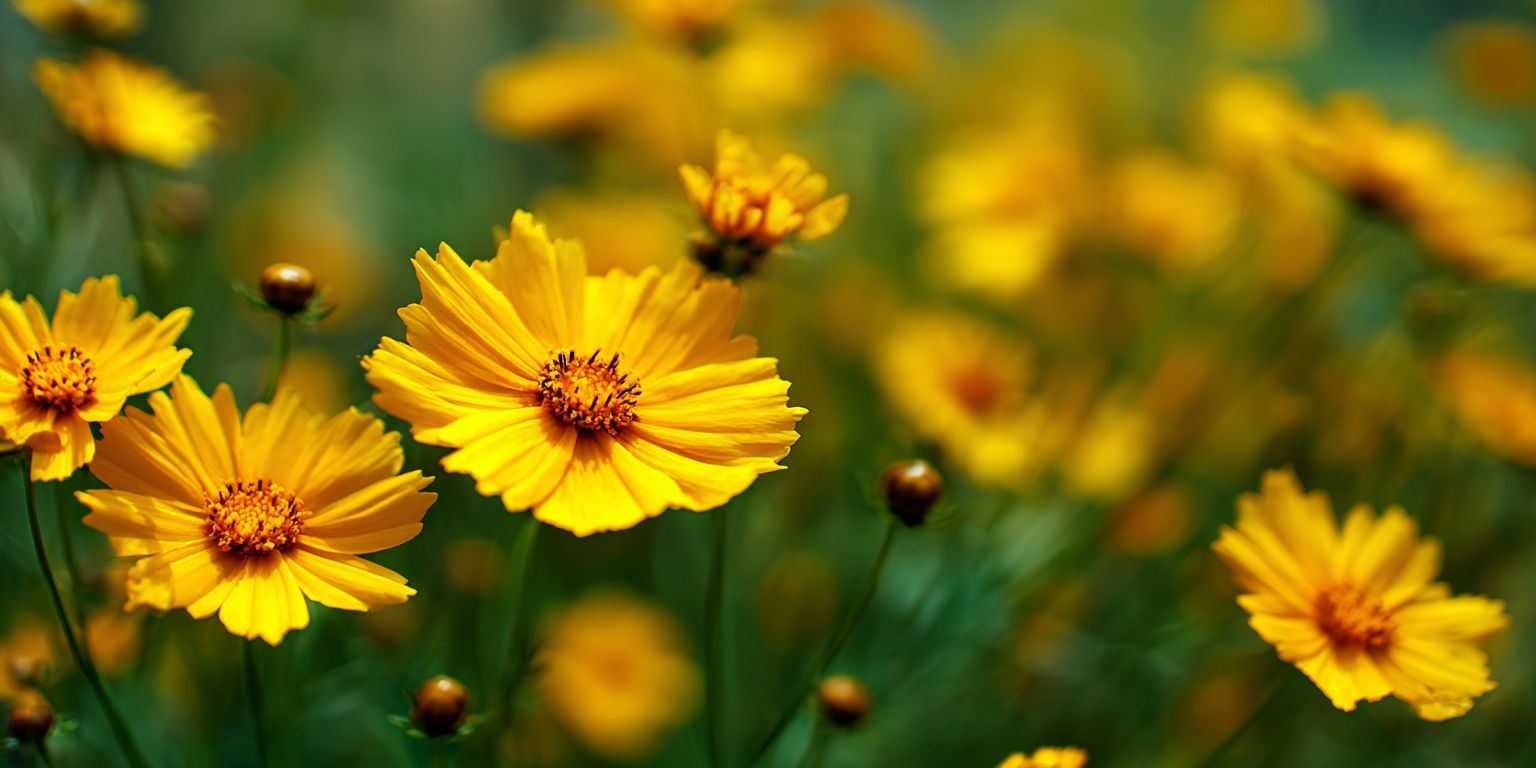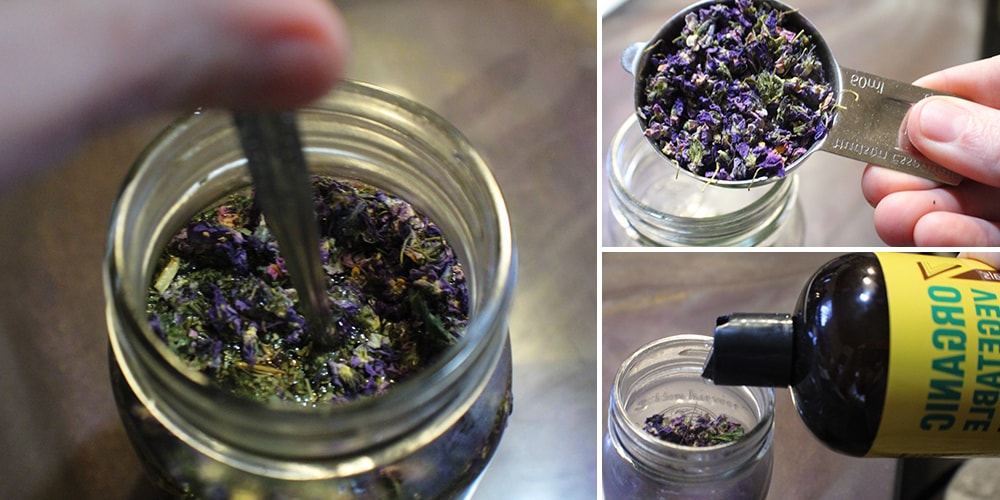
Coreopsis – The Sun Loving Wildflower With Quiet Healing Gifts
Coreopsis is one of those plants many people admire without realizing its deeper value. Often called tickseed, this bright, sun loving wildflower grows freely along meadows, roadsides and prairies, offering dependable color throughout summer. But beneath its cheerful petals is a long history of traditional use, particularly among Indigenous communities who understood that even the most unassuming plants can hold subtle but meaningful benefits.
Coreopsis is gentle, accessible and remarkably resilient. It thrives in harsh soil, blooms through heat and drought, and continues producing flowers long after other herbs fade for the season. Plants with this kind of endurance were often respected in traditional healing systems because they reflected strength that could be carried into teas, washes or simple home remedies.
Below, you will find how Coreopsis has been used, how to identify it, how to harvest it responsibly and how to work with it at home. While it is not a replacement for modern treatment, it offers the sort of reliable, plant based support people have leaned on for generations.
Benefits of Coreopsis
Traditional herbalists often used Coreopsis as a gentle tea for supporting overall wellness. Some tribes brewed the flowers and leaves to help calm the body during stressful periods or seasonal discomforts. Because the plant has mild diuretic properties, it was sometimes used to help the body flush excess fluid and support natural detoxification pathways. Although subtle, these kinds of herbs help strengthen a daily wellness routine in a way that feels steady rather than overwhelming.
Another traditional use involved supporting blood sugar balance. Certain Coreopsis species were brewed into teas believed to help encourage healthier glucose levels when used alongside a balanced diet. This was never viewed as a standalone remedy but rather a plant based helper that worked gradually over time. Slow, supportive herbs like this remind us that simple practices often have the deepest impact.
Coreopsis tea was also used as a pleasant, uplifting drink thanks to its mild, naturally sweet taste. In some households, it served as a caffeine free alternative for promoting a sense of clarity and calm throughout the day. Plants that brighten the mind without overstimulating the system remain valuable in a world that often pushes constant speed and pressure.
How to Identify Coreopsis
Coreopsis is easy to spot once you know what to look for. The plant carries bright yellow or golden daisy like blooms, each with a central disk surrounded by broad, often toothed petals. Depending on the species, the petals may be smooth, fringed or slightly notched. The flowers typically rest on long, slender stems that sway easily in the wind.
The leaves vary by species but are usually narrow, simple or divided into thin segments that give the plant a delicate, airy appearance. Many species grow in clusters, forming loose mounds of green topped with dozens of blooms during peak season. You will often find Coreopsis growing in dry fields, prairies, open woods and along sun drenched roadsides.
Because several ornamental varieties exist, always make sure you have correctly identified a wild species before harvesting. A good practice is to consult at least two reliable sources or compare the plant with a trusted field guide when in doubt.
How to Forage Coreopsis
Coreopsis is abundant, but responsible harvesting matters. Choose a patch with plenty of flowers and healthy growth, avoiding areas near pollution or roadside runoff. Use clean scissors to snip blooms in the morning after the dew has dried. Leaving some flowers behind encourages continued blooming and supports local pollinators.
The flowers are the most commonly used part of the plant. Spread them on a screen or clean cloth in a warm, shaded area to dry. Proper drying preserves the color and flavor, giving you a pleasant, long lasting supply for teas and homemade infusions.
For teas, many herbalists use the dried petals alone, while others combine them with calming herbs like lemon balm or chamomile for a more complete wellness blend. When making any herbal remedy, start with small amounts to see how your body responds.
Similar Plants
Coreopsis can resemble other yellow daisy like flowers, especially when blooming heavily in summer. A few similar plants include:
- Heliopsis (Oxeye Sunflower)
- Ratibida (Prairie Coneflower)
- Gaillardia (Blanketflower)
These look alike at a glance but differ in their central cones, leaf shapes and growth habits. When foraging, take time to examine the plant closely. Coreopsis usually has smaller, more delicate flowers and thinner stems compared to sturdier sunflower relatives.
How to Grow Coreopsis
Coreopsis is one of the easiest medicinal wildflowers to cultivate. It thrives in full sun and tolerates poor, sandy or rocky soil better than many garden herbs. Its drought resistance makes it ideal for low maintenance gardens or survival minded plantings where reliability matters more than decoration.
To grow from seed, scatter them lightly over loosened soil in spring or fall. Coreopsis rarely needs fertilizer, and too much nitrogen can reduce flowering. Once established, the plant spreads gently, creating a bright, pollinator friendly patch that returns year after year.
Regular deadheading encourages more blooms, while cutting the plant back after peak season keeps it tidy and strengthens its root system. If you want a dependable, long blooming plant that supports both wellness and wildlife, Coreopsis is a strong choice.
Discover Forgotten Herbal Skills
If you enjoy learning about plants like Coreopsis and want to build a deeper, more practical herbal toolkit, The Forgotten Home Apothecary is one of the most valuable collections you can keep on your shelf.
Inside you will learn:
• How to transform everyday plants into effective home remedies
• Step by step guides for making tinctures, syrups, poultices and infused oils
• Traditional wisdom for calming inflammation, easing discomfort and supporting immunity
• Safe, time tested methods for creating a well stocked home apothecary
Click here for The Lost Herbs discounts on Forgotten Home Apothecary!
This resource brings herbal medicine back to its roots and gives you confidence to support your health with tools your ancestors trusted.
You may also like:
 Pine Pollen for Stress Recovery: Nature’s Adaptogen for Modern Challenges
Pine Pollen for Stress Recovery: Nature’s Adaptogen for Modern Challenges
Grandma’s Antibiotic In A Jar (Video)








